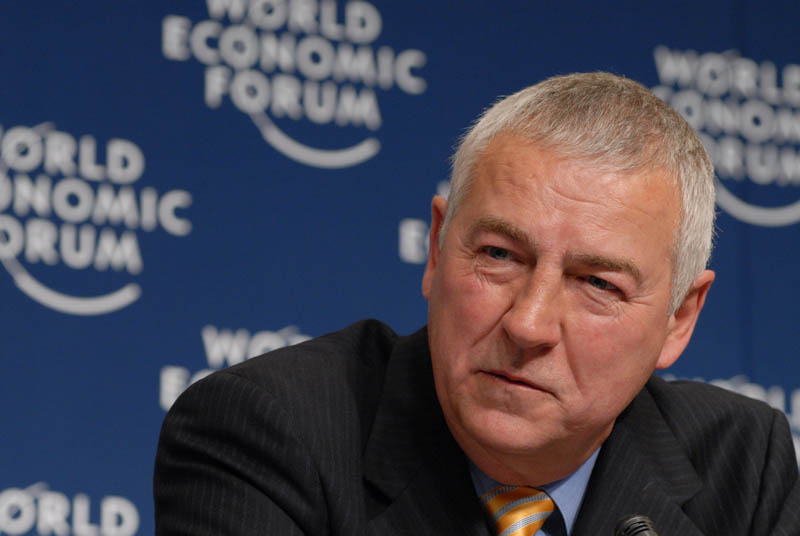 BIG DATA
BIG DATA
 BIG DATA
BIG DATA
 BIG DATA
BIG DATA
Just two weeks after SAS Institute Inc. reportedly backed out of talks to be acquired by Broadcom Inc., the company today issued a statement saying it plans to go public in 2024.
The company said it will begin to take preparatory steps like refining its financial reporting structure, streamlining certain operational processes and focusing on growth markets. SAS, which is already considered one of the biggest players in data analytics, said it will continue to invest heavily in that area. The company boasts of being the only vendor to be named a leader in Gartner Inc.’s Magic Quadrant for data science and machine learning platforms all eight of the years the report has been published.
SAS said it generated approximately $3 billion in revenue in 2020 and has grown 8.4% in the first half of this year.
The company is still led by James Goodnight (pictured) and John Sall, who founded it in 1976. Goodnight owns about two-thirds of SAS shares and Sall one-third, according to Forbes. While both men are multibillionaires, much of their wealth is tied up in equity in the business. At 78 and 73, respectively, there has long been speculation that Goodnight and Sall would seek more liquidity for the purposes of estate planning.
Going public is better than selling out for a company with a storied history like SAS, said Boris Evelson, vice president principal analyst at Forrester Research Inc. “SAS is a very well-known, popular brand name. An IPO assures that the brand name lives on,” he said.
The company’s unique culture, which features generous benefits and a strong focus on work-life balance, also has a better chance of being preserved, Evelson said. “Changing corporate culture due to acquisition would be challenging. An IPO would leave company culture as is,” he said. “An IPO also allows most SAS employees to concentrate on products and customers and not be distracted with post-merger integration.”
This isn’t the first time SAS has announced plans to go public. It did so in the spring of 2000 when the dot-com speculation craze was at its peak. The firm wisely shelved those plans before the market crashed just months later.
Support our open free content by sharing and engaging with our content and community.
Where Technology Leaders Connect, Share Intelligence & Create Opportunities
SiliconANGLE Media is a recognized leader in digital media innovation serving innovative audiences and brands, bringing together cutting-edge technology, influential content, strategic insights and real-time audience engagement. As the parent company of SiliconANGLE, theCUBE Network, theCUBE Research, CUBE365, theCUBE AI and theCUBE SuperStudios — such as those established in Silicon Valley and the New York Stock Exchange (NYSE) — SiliconANGLE Media operates at the intersection of media, technology, and AI. .
Founded by tech visionaries John Furrier and Dave Vellante, SiliconANGLE Media has built a powerful ecosystem of industry-leading digital media brands, with a reach of 15+ million elite tech professionals. The company’s new, proprietary theCUBE AI Video cloud is breaking ground in audience interaction, leveraging theCUBEai.com neural network to help technology companies make data-driven decisions and stay at the forefront of industry conversations.